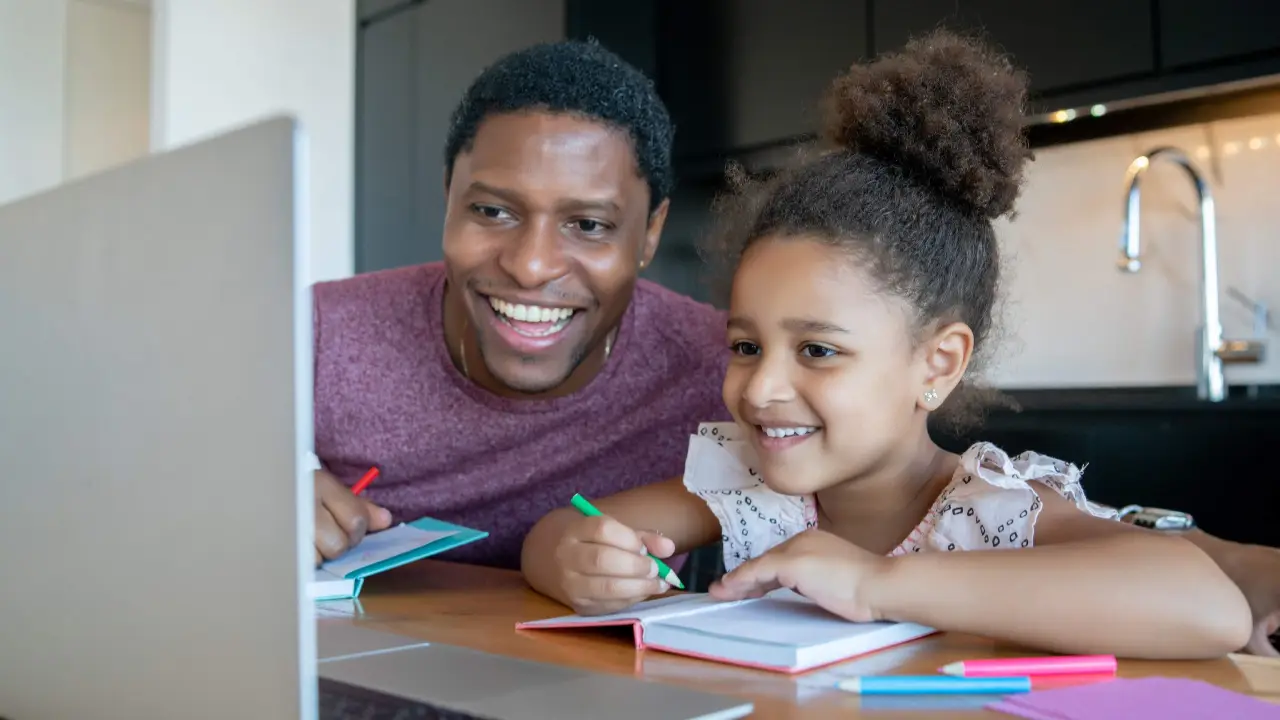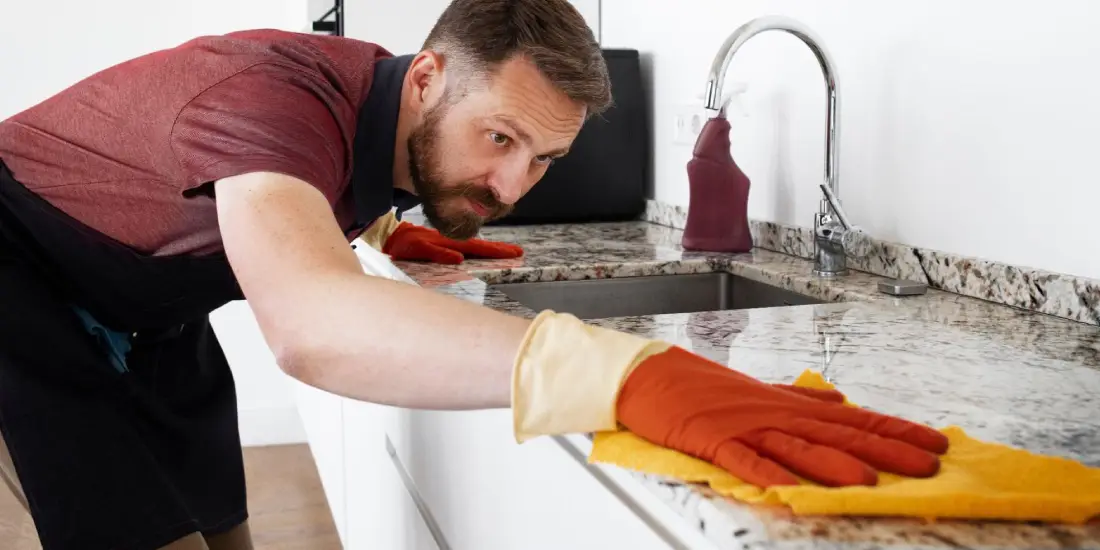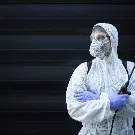
Families around the world are adjusting to the COVID-19 pandemic’s changing shifts in everyday life. Most classrooms, public meeting areas, and non-essential establishments are closed, leaving parents and other caregivers to assist their families in adjusting to the new standard. Parents are juggling jobs, child care, and self-care while trying to hold their fears in check. This involves attempting to keep children busy, healthy, and up to date with schoolwork as far as possible. It’s important to note that children turn to parents for advice about how to cope with difficult situations. It is appropriate to acknowledge a degree of anxiety without panicking, as this will lead to taking the requisite steps to minimize the risk of illness. Teaching children constructive prevention steps, communicating with them about their worries, and giving them a feeling of power over their lives are all important things to do. As we all work by adjusting everyday lives, shuffle daily tasks and other interests, with being imaginative with how we spend time, processing new input from officials, and connecting and helping friends and family members in new ways, this is also a fantastic opportunity for adults to be role model as problem-solving, resilient, and sensitive individual for children. The following suggestions may be useful.
Tips That Can Be Useful To Remain Relaxed, Listen, And Offer Reassurance.
Be a guiding light. Children can imitate and respond to your behavior. They pick up on your example.
Be careful how you discuss COVID-19. Your child’s fear of COVID-19 could be increased or decreased as a result of your conversation. If this is the case, assure your kid that your family is stable and that you will do everything possible to keep loved ones safe and well.
Listen carefully, or make them draw or write down their thoughts and emotions, and answer honestly and reassuringly.
Explain the concept of social distancing. Children are likely to be perplexed as to why their parents or guardians refuse to let them hang out with their mates. Inform your child that your family is adhering to the Australian Health Protection Committee, which requires social distancing. Socially distancing from people reduces the chance of contracting COVID-19. The “flatten the curve” maps can help older children understand the importance of social distancing.
Exhibit deep breathing. Deep breathing is an effective way to relax the nervous system. Do breathing exercises for your kids.
Focus on the positive. Enjoy having more time to spend with your family. Get it as entertaining as possible. Make projects for your family. Organize your possessions and make masterpieces. Sing, chuckle, and, if possible, get some workout when connecting with nature.
Create and stick to an everyday schedule. Maintaining a routine gives you a sense of order, predictability, composure, and well-being. When children and other family members may interact with peers virtually, it also makes them understand others’ desire for peaceful or uninterrupted time.
Identify programs that could be of assistance to some. Writing letters to neighbors or others that might be left at home alone, as well as healthcare workers; sharing supportive comments through social media; or reading a favorite children’s book on a social media website for younger children to hear are both examples of this.
And offer a lot of affection and caring.
MONITOR SCREEN TIME
Parents and guardians should keep an eye on their children’s and their own tv, phone, and social media use. Constantly watching COVID-19 alerts can increase fear and anxiety. Material that is developmentally inadequate or intended for adults may often create fear or uncertainty in young children. Ignore rumors and false facts. Explain to your child that several internet reports about COVID-19 can include rumors and incorrect facts. Older adolescents, in fact, may be getting a lot of inaccurate facts from peers and the internet. Talk to your child about the facts about diseases. Alternatives should be given. Instead, involve your child in sports or other fun events.
COMMUNICATE and keep them engaged
Allow your children’s inquiries to lead you. Answer their questions honestly, but refrain from including needless information or evidence. Don’t hold back from providing them with the knowledge that researchers say is critical to their well-being. Children and adolescents often do not express their feelings whether they are uncertain or do not want to bother their loved ones. Scary material is absorbed in waves by younger adolescents. Inorder to keep you and your family safe there is one thing that you can do is reaching out to the professional home cleaners. Get your room disinfectified once by a professional and keep a routine for your children’s room.
BE ACCURATE AND HONEST.
Fix some misunderstandings. Since children often envision conditions that are worse than they are, including developmentally acceptable information may help to alleviate concerns.
Clear safety precautions should be explained. Tell your child that this disease spreads by direct contact, when an affected person coughs or sneezes, or when someone comes into contact with infected things or surfaces.
Accept The Reality
If your child is in the background or otherwise bothers you during an online conference, don’t be concerned with what anyone might say. Using a simulated backdrop and headphones will help if you can’t get rid of your worries.
Don’t think about the mess; there won’t be any guests, and the digital background will mask it all if necessary (same for the noise – use earphones).
Accept why your children can spend more time in front of the television than average.
Time fillers are appropriate. You can find yourself assigning your children to things that you would otherwise do despite – coloring pages, find-a-word puzzles – but making time for them to be occupied so you can work uninterrupted is critical.
Avoid the reality that children are losing months of education. They may skip some classes, but they will continue to learn at all times.
Make it possible for your children to interact with others. They might use Zoom to share chemistry tests to do in the kitchen or suggestions for lego marble races, for example.
Have your desires in check. Your child will only need one or two items every day, while others may need much more.
Any students may be required to perform school-mandated activities. Allow them time to read, watch a movie, make, play, cook, and just be as they figure out what they need to do and what they can skip.

Professional Cleaning Services
Get A Free QuoteRecent Posts
-

Why Professional Cleaning Services Are Required for Every Season
September 15, 2023
Admin
-

5 Quick Steps To Achieve A Sparkling Kitchen
November 23, 2022
Admin
-

What Are Bed Bugs And How to Get Rid of Them
September 08, 2021
Admin
-

Simple Habits That Will Help You Stay Organized
August 31, 2021
Admin
-

7 Simple Tips to Declutter Your Home
August 27, 2021
Admin





